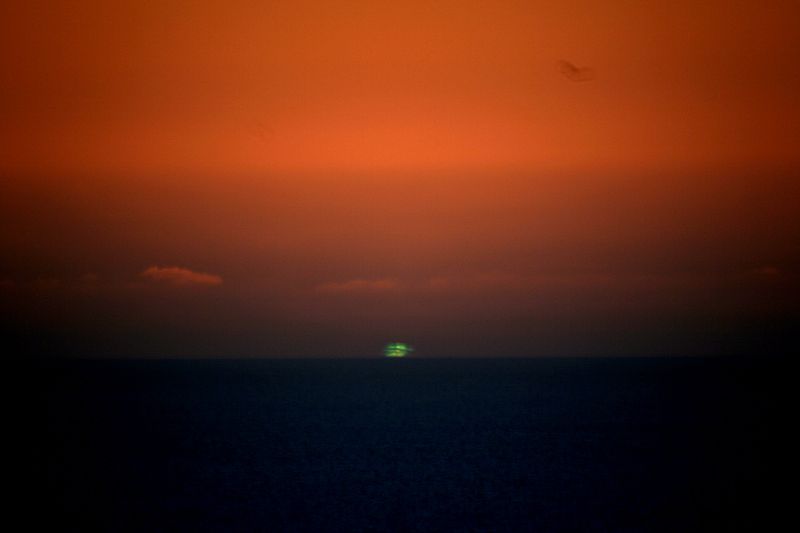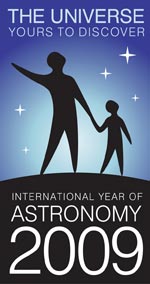This is harder than I thought… trying to find a very basic astronomy video or web site. Easier to just write it out. And trying to not be condescending.
With the exception of eight things, every light in the sky you can see with just your eyes is a star. Including the sun.
1. Planet Mercury (hard to see unless you know where and when to look)
2. Planet Venus
3. Our Moon
4. Planet Mars
5. Planet Jupiter
6. Planet Saturn
7. An occasional comet or meteor
8. Airplanes/Satellites/Space Station/Shuttles (man made stuff in the sky)
1. Planet Mercury (hard to see unless you know where and when to look)
2. Planet Venus
3. Our Moon
4. Planet Mars
5. Planet Jupiter
6. Planet Saturn
7. An occasional comet or meteor
8. Airplanes/Satellites/Space Station/Shuttles (man made stuff in the sky)
The sun is a star. It is our star. It is really really close to us, compared to any other star you can see which is the only reason it looks different.
Other stars all seem to have planets in orbit around them, but we, with our eyes cannot see any of them.
The order of things is: Earth is a planet in orbit around the Sun. The Sun is a star in orbit around the center of the galaxy. Our galaxy is one of billions in the universe.
Our sun is an average star, born from dust and gasses that coalesced about 4 billion years ago into our solar system, destined to burn out and explode in another 4 billion years. All of the elements in our solar system heavier than Helium were created in the fires and deaths of previous stars in the previous 10 billion years. The carbon in your right hand was probably not created in the same star that created the carbon in your left hand.
The stars we see with our eyes in the sky are all in our galaxy, a fat disk of billions of stars, 100,000 light years across, with a massive black hole in the center. We are about 2/3s of the way from the center to the edge so there are stars from our galaxy all around us. Looking towards the center of our galaxy is what the Milky Way is, looking towards where most of our galaxy’s stars are from our point of view. If a model of our galaxy was made 100 yards across, our entire solar system, including Pluto's orbit, would be smaller than a grain of sand at that scale. The light from most of the stars at the center of our galaxy is blocked by clouds of dust and gasses, otherwise the Milky Way would be nearly as bright as the sun. Infrared and x-ray telescopes can see through that dust and show us the structure at the center.
100,000 light years distance = 6 × 1017 miles = 600,000,000,000,000,000 miles.
There are billions of galaxies in the universe, each with billions of stars. They are faint and impossible to see without a telescope with one exception, the Andromeda galaxy which can been seen from a dark location on a moonless night. If you hold a dime at arm’s length against the darkest, emptiest, part of the sky, in that direction the Hubble space telescope saw thousands of galaxies. Each of these are millions of light years from each other now. The Universe is expanding, all of the galaxies are moving away from each other. Someday, a future civilization in our galaxy will not be able to see the light from any other galaxies or of the background radiation from the Big Bang. They will not be able to derive the true history and structure of the universe.
We are far more insignificant than you have ever imagined.
















